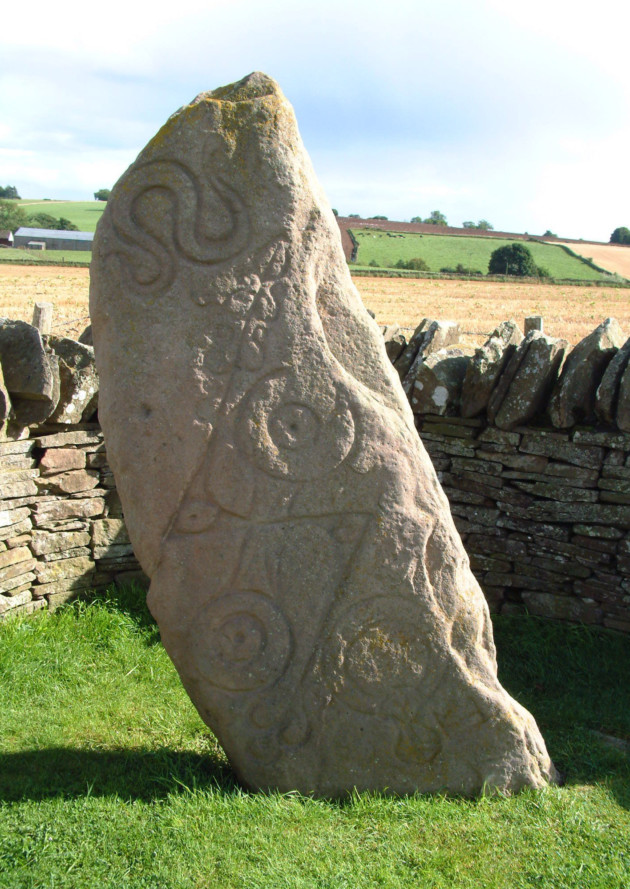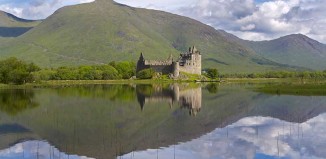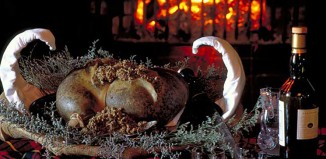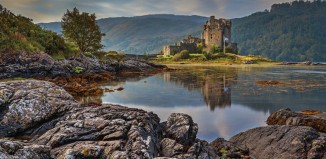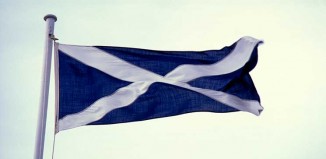Follow the Pictish Trail across Angus
In a landscape little altered through the ages, the coastal county of Angus comprises some 2,200 square kilometres of wild and mountainous terrain. Battered by unforgiving winters the region was an unlikely home for the hardiest early settler, yet the climate and Roman rule across much of Britain did not deter a particular tribe of newcomers who first emerged on the eastern shores around AD300, heading for this uninhabited northern territory.
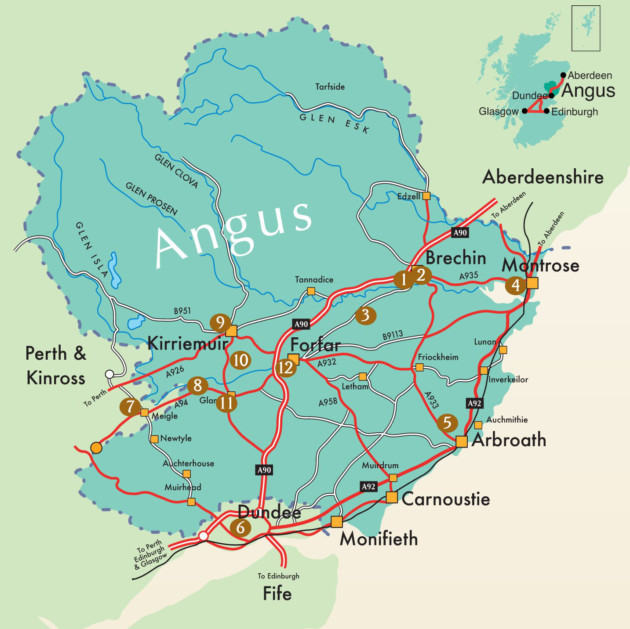
Pictish Trail – where to discover 12 mysterious Pictish standing stones
Though evidence of their original homeland is inconclusive, some believe they were Scythians, hailing from modern day Iran. The Romans named them Picti (painted people) and could not defeat them nor extend their empire beyond Northumberland. Eventually this led to the building of Hadrian’s Wall to help keep the feared tattooed ‘barbarians’ away from their southern lands.
As the Roman Empire withdrew from Britain, the Pagan Picts enjoyed increased powers which continued even with the emerging sprawl of Christianity across the country. The Picts only began to lose their grip on the region around AD600 when the ambitious Angles of Northumbria fought to expand their lands. “The pivotal Battle of Dunnichen is thought to have taken place in Angus in AD685. It was the decisive conflict that brought about the boundary between England and Scotland,” explains Angus marketing officer Hilary Tasker. “Scotland as we know it today might never have existed without a Pictish victory.”
Pictish society was surprisingly organised for the time with a succession of ruling chieftains and their marauding armies, followed by a hierarchial structure of skilled tradesmen, craftspeople and lowly farmers. “We do know they were trading overseas as the glass used in their jewellery could only have been imported,” says Hilary. “It is possible to see their handiwork at many local museums, including a wide selection of crafted jewellery at Edinburgh’s National Museum of Scotland. As to how they lived, the best example of this can be seen at the Crannog Centre in Perthshire where a replica roundhouse illustrates how Pictish communities were structured.”
It is said that one in 10 Scots are descended from the Picts and though the tribes gradually disappeared after the Middle Ages as people began to travel further afield, reminders of their longevity are widespread. Standing stones are not uncommon across Britain but few are decorated as ornately as those erected by the Picts, which have been hand carved with symbols, crosses and figures from a distant age.
“Nobody really understands the language of the stone symbols – research is still ongoing,” says Hilary. “It’s a mystery as to the stones’ significance at all. Perhaps they were canvases for messages between tribes, boundary markers or religious symbols. When it comes to the Picts you end up with more questions than answers!”
There are some 200 Pictish stones across Scotland, prevalent in Angus and Aberdeenshire. During the winter months they are covered for protection from the elements by the conservation charity, Historic Scotland. Brechin Cathedral is one of the best places to view a stone at close hand out of season, where the St Mary Cross and an 11th-century ‘hogback’ stone are permanent fixtures.
Today Angus is marketed as the ‘Birthplace for Scotland’, as it was here on 6 April 1320 that the Declaration of Arbroath was signed at Arbroath Abbey during the Scottish Wars of Independence.

